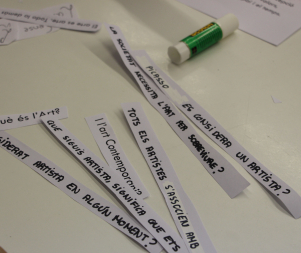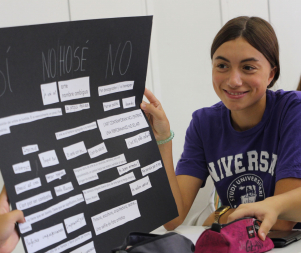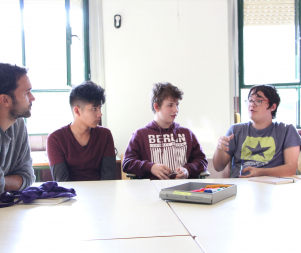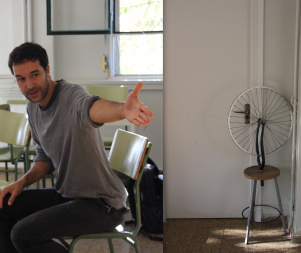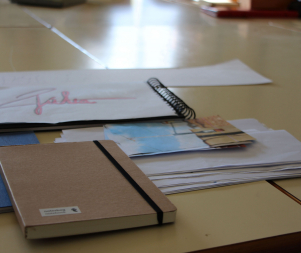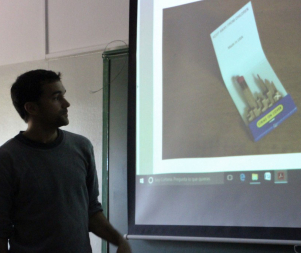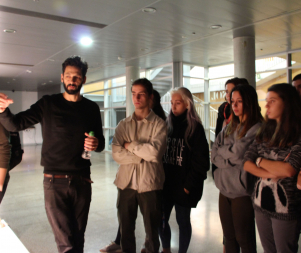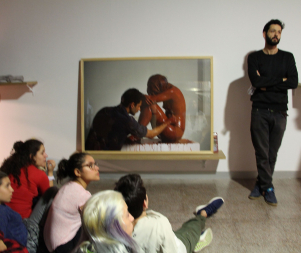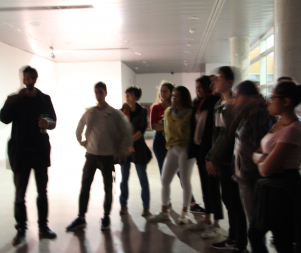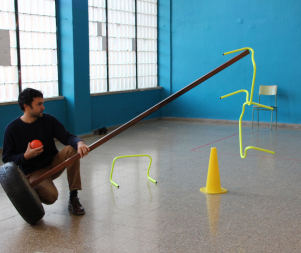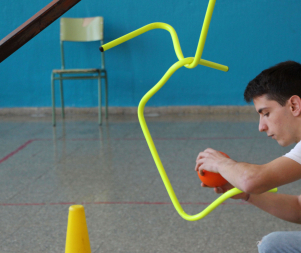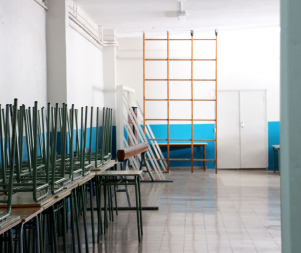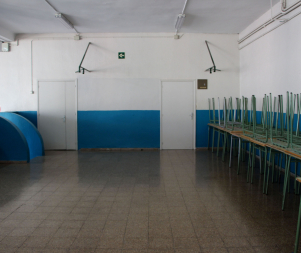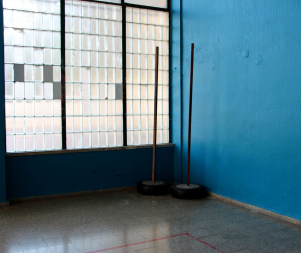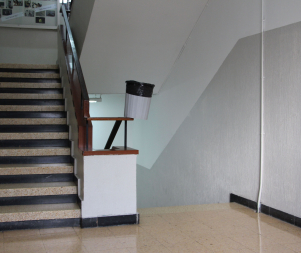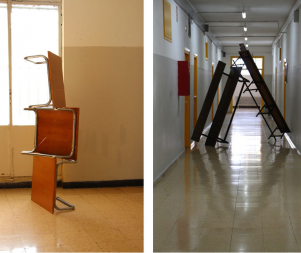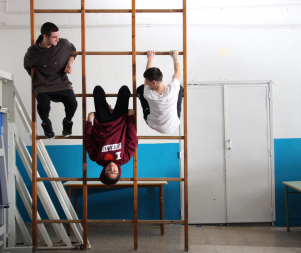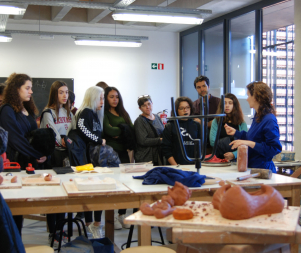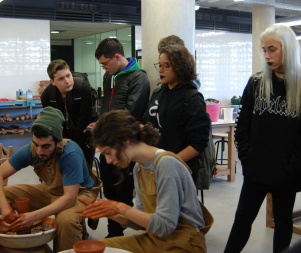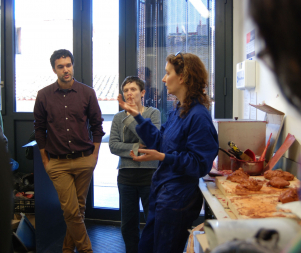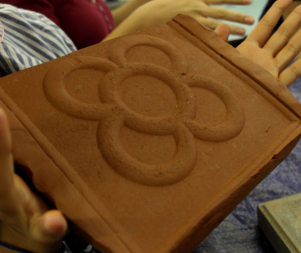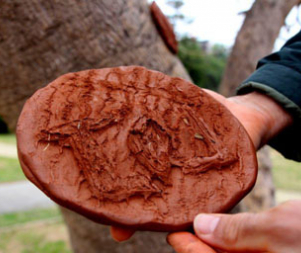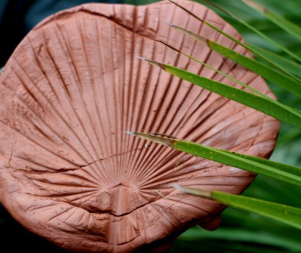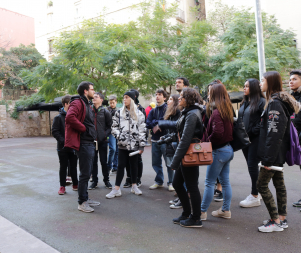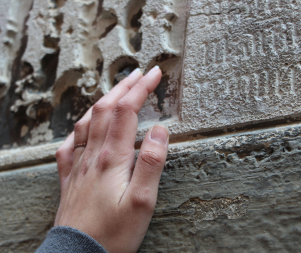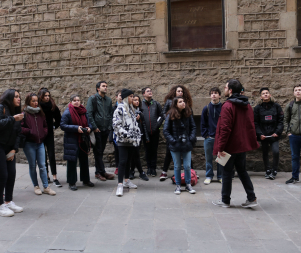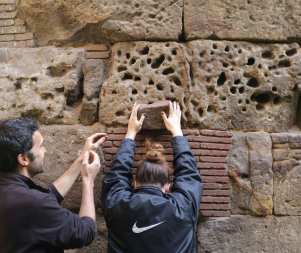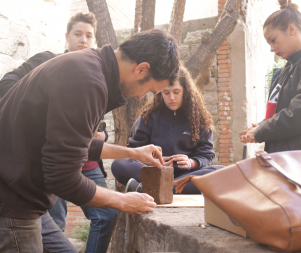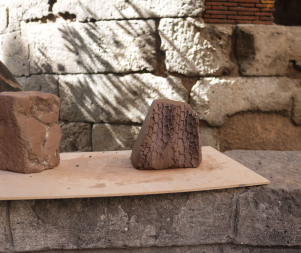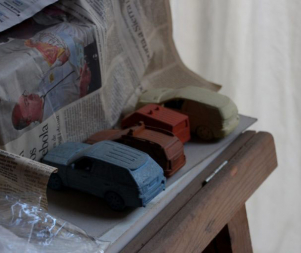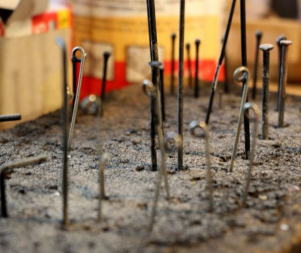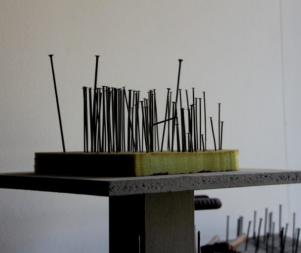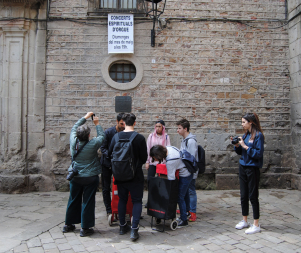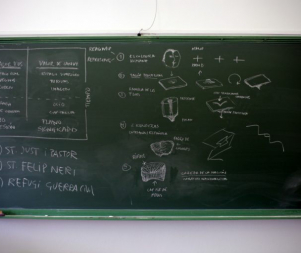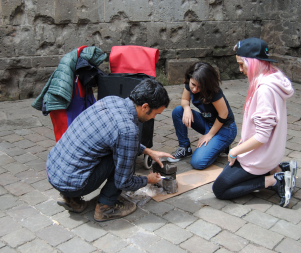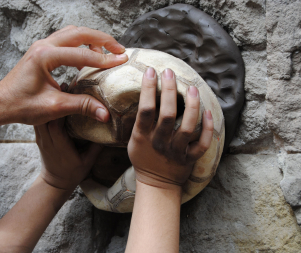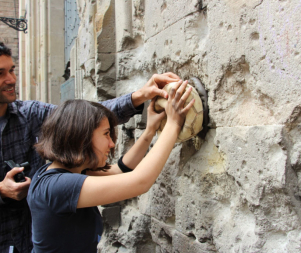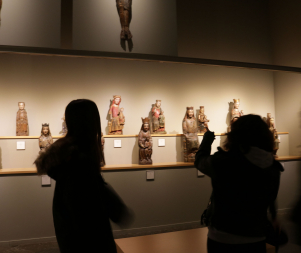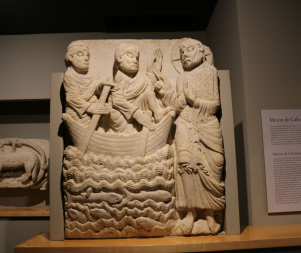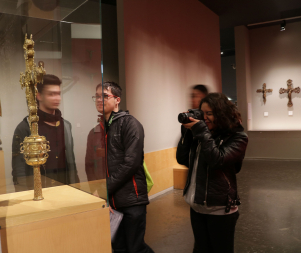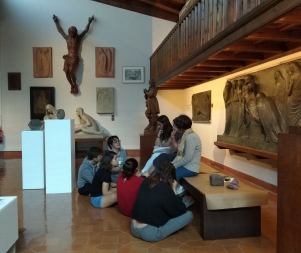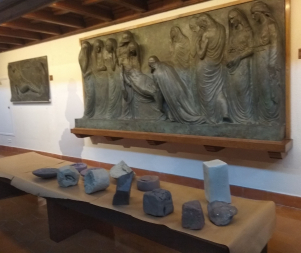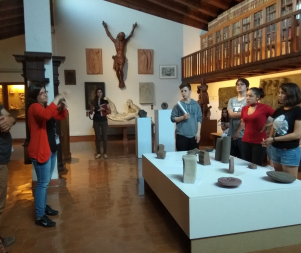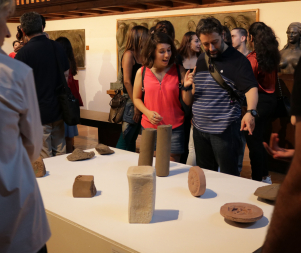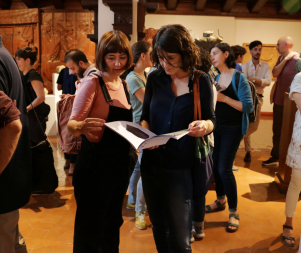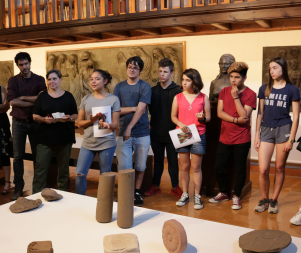- 14th EDITION 2022 / 2023
- 13th EDITION 2021 / 2022
- 12th EDITION 2020 / 2021
- 11th EDITION 2019 / 2020
- 10th EDITION 2018 / 2019
- 9th EDITION 2017 / 2018
- 8th EDITION 2016 / 2017
- 7th EDITION 2015 / 2016
- 6th EDITION 2014 / 2015
- 5th EDITION 2013 / 2014
- 4th EDITION 2012 / 2013
- 3rd EDITION 2011 / 2012
- 2nd EDITION 2010 / 2011
- 1st EDITION 2009 / 2010
Marc Larré IN RESiDENCE at the School Joan Boscà
What is art? Early dynamics
At the beginning of the course, before even meeting the artist, the pupils though about art. What is art, and what is not art? Such questions, answers and doubts, aired in the classroom ready to receive the artist, generated a series of discussions, both with and without Marc Larré. Early conversations with the artist suggested some issues for consideration.
References: Malevich, Aballí...
The goal was to research into the work of these artists in order to see different formalisations and explore the limits of art. This line of work into reference artists increased in depth over the course of the academic year, as new artists appeared.
Jonathan Millán exhibition
One of the first activities outside the school was a visit to a solo exhibition of contemporary art to examine the issue of formalisations. The show, by Jonathan Millán, featured a variety of techniques and formats, always depending on the idea behind each piece, a subject that was highlighted during the visit with the artist.
“Synchronies” at the school
Discovery of and thought about Marc Larré’s series of works entitled Sincronies. The group viewed the filmed pieces and seek motifs and actions that could connect with the artist’s series. The elements used were mainly from the school, and this involved a specific search. The Way Things Go, a film by Fischli & Weiss, was among the works viewed due to the affinities of its language with the work the group were producing.
Photographic documentation of spaces and objects
The search for objects also included a search for spaces, and the group took the opportunity to include the use of cameras, tripods and so on. They carefully selected the photographs in order to document spaces and objects that could be used for the “synchronies”. From all this, a small photographic archive was built up of elements and spaces at the school.
In the manner of Erwin Wrum: one-minute sculptures
The work with objects, furniture and spaces at the school led to experimentation with creating one-minute sculptures. Linking up with the “synchronies”, in which the objects maintain a precarious balance and end up causing small changes, the group works on Erwin Wrum’s one-minute sculptures, producing pieces “in the manner of”. A line of thought focused on “sculptures beyond sculpture” is opened up.
Introduction to clay: the Massana School
Work with clay is an essential element in Marc Larré’s artistic practice, and to learn about these materials and techniques, a session was organised at the Massana School with the teachers Mònica Echevarria and Isabel Banal. The group also learned about studies at the school. All this led them to explore works by different artists that have worked with clay. For example, the pupils discovered the pottery of the artist Miquel Barceló and attend the performance Paso doble by Bruno Delbonnel and Miquel Barceló with the choreographer Josef Nadj.
First prints: comparing concepts?
The first clay works were delivered to the school so that the pupils could start to experiment and become familiar with the material. The possibility also arose of fusing concepts, ideas and elements based on their prints. The inside and outside of the school, natural and artificial and so on. The group now began to make their first tests.
The field of exploration: the Gothic Quarter
The area of interest for Marc Larré’s was the city, but it was decided to limit the space of work to the Gothic Quarter as there are many contacts between elements from different periods there. A route was organised around this quarter to discover these contacts, and the group began to take photographs to building up a store of ideas to work on.
First contacts
Contact was made with the Frederic Marès Museum. As a result, the area around the museum was made one of the key sites for work. The necessary permits were obtained to work on the wall, the museum façade, the façades of other buildings and so on.
Outing to Vic: meetings with Jan Furriols and Rubén Verdú
In the line of action focused on discovering artistic references, a trip to Vic was organised to meet artists who live there. The group first visited the studio of Joan Furriols to see his pottery, after which the pupils went to ACVIC to view the exhibition and meet Rubén Verdú.
Contacts
The third term was devoted to making the contact pieces. Working in small groups, each session focused on making some of the pieces decided on in the classroom, following a route around the city. The working space extended a little, as far as Passeig Gràcia and Ciutadella Park, as the pupils made impressions of elements they considered useful for the final narrative after pooling all the ideas that had arisen from their research.
Frederic Marès Museum
Following the different routes around the Gothic Quarter, the group entered the exhibition rooms of the Frederic Marès Museum to see the collection, the sculpture and the facilities. The possibility of making contacts of the works in the collection was considered, but this was finally discarded for reasons of conservation.
Assembling the exhibition in the Frederic Marès study-library
The pieces were finally installed in the in the Frederic Marès study-library on the top floor of the museum. At the session to design and organise installation, members of the museum staff told the group about their duties at the centre and how conservation work is carried out.
The final presentation
On the day of the final presentation the pupils, the artist and the teachers talked about the pieces and the process. They also presented the publication, which was made available to spectators in the room throughout the exhibition period.

